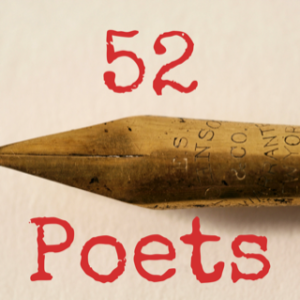
William Carlos Williams ( 1883-1963) was an American poet who was also a medical doctor and novelist, playwright and essayist. He was a key figure in Imagism and some of his best-known poems represent this type of poetry. I found a lovely insight into Williams’ personality in these words from his wife, Flossie:
He loved being a doctor, making house calls, and talking to people.
Williams wrote in the kind of language used by American people while speaking, and this was something of a passion for him. He used the same language as his readers, drawing on the ideas and experience of American people. This, I feel, makes him particularly democratic and accessible as a poet.
Let’s look at some of the famous poems. The Red Wheelbarrow is a typical imagist poem. It uses language to convey a vivid, precise image and, despite its brevity, continues to be discussed and pondered. I also love This Is Just To Say. Imagine a note left on the fridge door, the plums, how they tasted, the relationship between the two people, the conversations that may have ensued. So much contained in so few words!
There is also Paterson, an epic modernist poem. This poem describes the town Paterson in New Jersey and its inhabitants. I am about to re-read my own copy, pretty much untouched since I studied American literature in the 1980s, and I am interested to see how it strikes me, so many years later. These lines, from the Preface, remind me of TS Eliot, the great modernist poet, and in particular the bleak meditations on time and existence in Four Quartets:
For the beginning is assuredly
the end – since we know nothing, pure
and simple, beyond
our own complexities.
If you would like to explore Williams’ poems, I suggest reading the short ones linked above and then following the breadcrumb trail from that point. Don’t worry to find ‘the meaning.’ Whatever pictures or ideas spring up in your mind, that is the meaning for you. Enjoy the brevity, the simplicity of the vivid description, and the humanity.